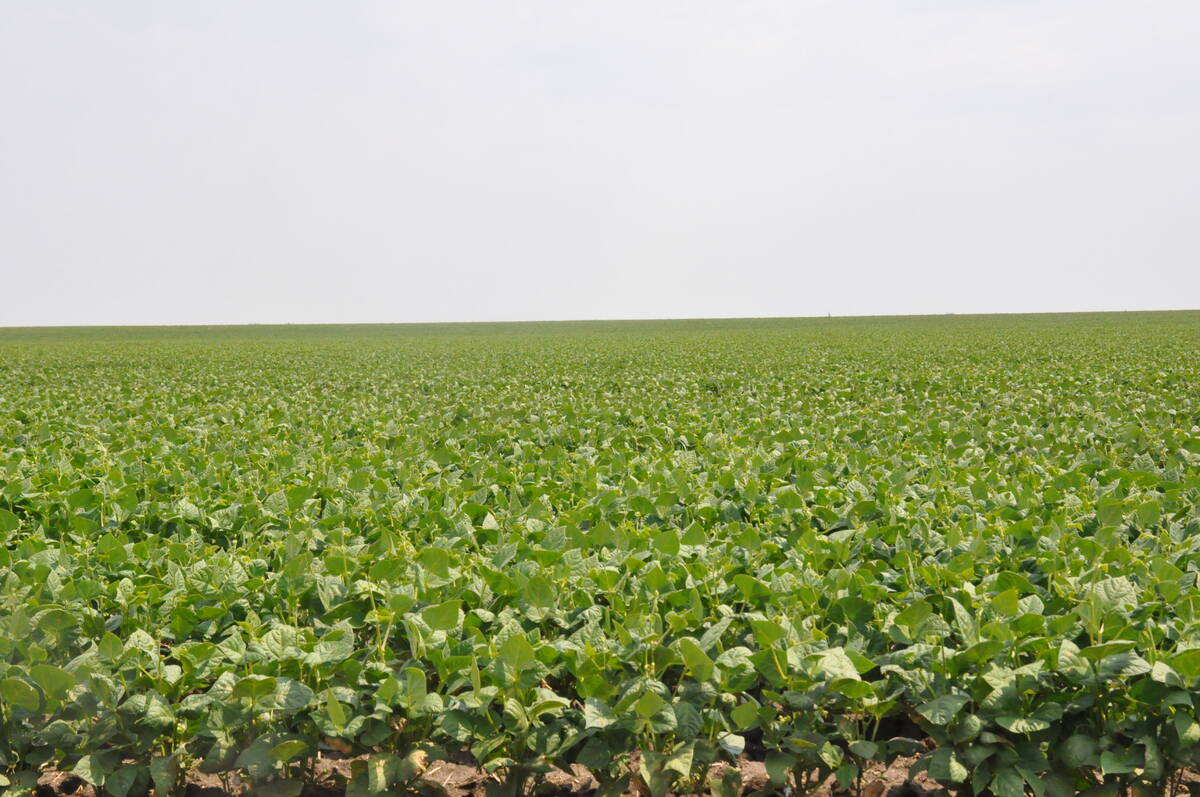As an island continent reliant on export markets, Australia stubbornly guards against imports of zoonotic disease.
It has remained free of BSE and foot-and-mouth disease, which has opened doors to more than 100 markets around the world.
Keeping out trade-halting diseases was more by chance than good planning, said one agriculture department official.
Australia banned all meat and bone meal imports because of the threat of anthrax in 1966, said Ed Klim, whose department does surveillance for zoonotic diseases, pesticide residues and bacterial contamination in food.
Read Also

Coloured bean production down, whites are up
Bean prices have been slumping and the outlook is for more of the same.
Producers did not commonly feed meat and bone meal protein supplements because most livestock were finished on grass, but they protested when the government banned cattle imports from countries reporting BSE.
“We made some decisions that were not popular when we banned cattle from the U.K. in 1988,” said Klim.
At that time health officials tracked imported animals and placed them in permanent quarantine. When slaughtered, they went straight to rendering so they never entered the food or feed chain. There are a few surviving North American imports and although officials suspect no problems, they will also be destroyed and removed from the system.
There is also a mandatory ruminant feed ban that dates from 1997 and surveillance of diseases of the nervous system of cattle. Fewer than 500 tests per year are done on cattle and all have been negative. Scrapie tests performed on sheep have also been negative.
A greater threat for Australia was chemical residue found in beef. Traces of DDT were found in some crop areas where cattle grazed.
In the mid 1980s, a massive testing program began on beef carcasses to detect chemical residues. To date, about 800,000 samples have been collected from sheep and cattle.















